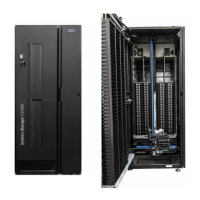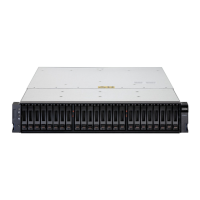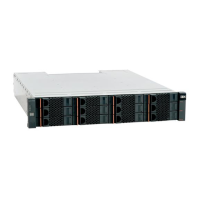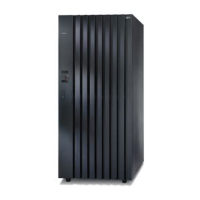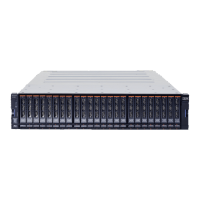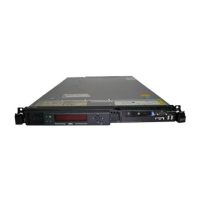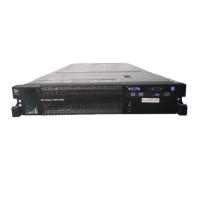Chapter 14. Designing an N series solution 191
Checksums for data integrity
There are two checksum types that are available: BCS (block) and AZCS (advanced
zoned). Both checksum types provide the same resiliency capabilities.
– Block checksum (BCS):
• Fibre Channel (FC) and SAS disks
These disks natively use 520-byte sectors, of which only 512 bytes are used to
store user data. The checksum is stored in the extra 8 bytes per sector.
This imposes only a small capacity overhead, with the full 512 bytes per sector
remaining available for user data.
This is the only checksum mode for FC and SAS disks.
• SATA disks and OEM storage with N Series Gateways
These disks (or OEM array LUNs) natively use 512-byte sectors, with no reserved
capacity for storing checksum data. Therefore, a checksum for each eight data
sectors is stored in every ninth sector.
This imposes a higher capacity overhead, with only 8/9 sectors remaining available
for user data.
This is the default checksum mode for SATA disks, and for any OEM storage
(regardless of disk type) behind an N Series Gateway.
– Zone checksum (ZCS)
• Zone checksums were used on older N Series SATA storage.
• They imposed only a small capacity overhead, with 63/64 sectors remaining
available for user data, but they had a negative effect on performance.
• Zone checksums are no longer supported.
– Advanced zone checksum (AZCS)
• Data ONTAP 8.1.1 and later releases provide support for a new checksum type,
which delivers greater usable capacity for large capacity disks (for example, SATA).
• This imposes only a small capacity overhead, and are generally performance
neutral. However, in a Gateway with OEM storage, AZCS is not recommended for
high-performance random workloads, although you can use it for DR, archive, or
similar workloads (for example, SnapVault destination).
• This is the default checksum mode for 3 TB disks in the EXN3200 disk shelf. It can
be manually selected for other SATA disk types, and for any OEM storage behind an
N Series Gateway.
Table 14-2 on page 192 shows the cumulative effect of decimal-to-binary conversion,
checksum overheads, and right-sizing to derive the final usable capacity for each disk type.
The percentages that are shown might differ slightly between Data ONTAP versions.

